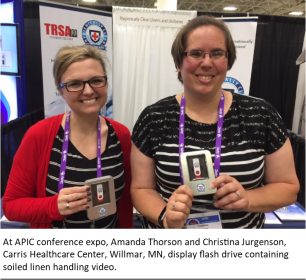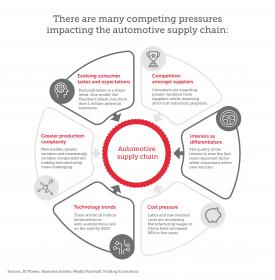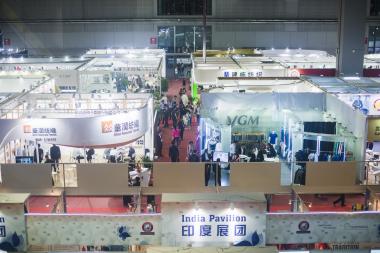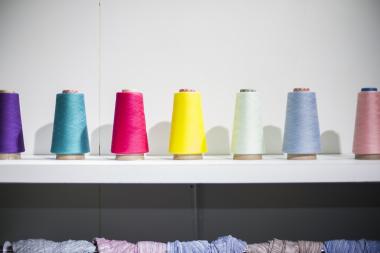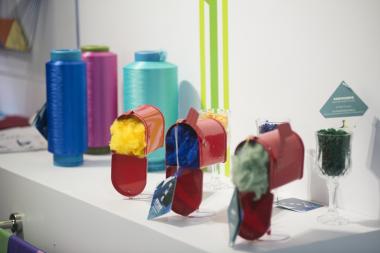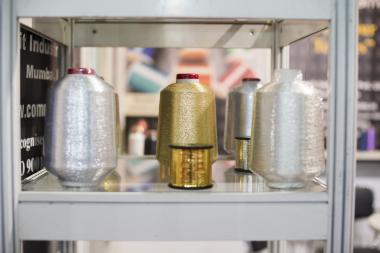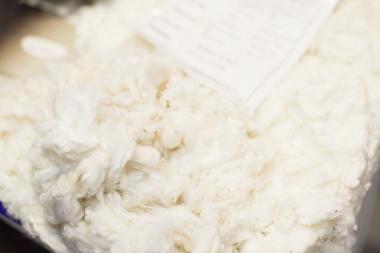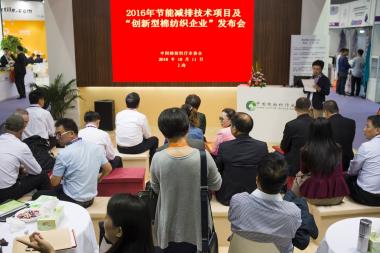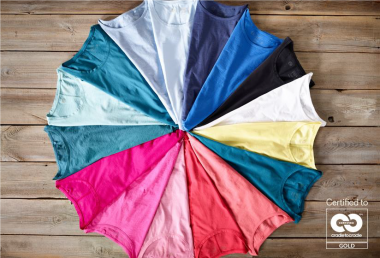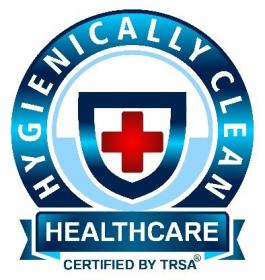APIC Attendees Take Home Hygienically Clean Soiled Linen Training
Exhibiting at this week’s Association for Professionals in Infection Control and Epidemiology (APIC) Annual Conference, Hygienically Clean Healthcare certified laundries provided nearly 200 copies of a training video guiding caregivers in improving soiled linen handling performance.
Provided on a flash drive: the 13-minute video (The Six Cs: Handling Soiled Linen in a Healthcare Environment), a quiz to immediately assess viewers’ grasp of the video’s lessons and posters to reinforce these year-round. Distributed since 2016, the video has been hailed for its value in aiding compliance with OSHA universal precautions regarding items saturated with blood, bodily fluids, harmful residue from treatments and other potentially infectious material.
The flash drive offer intrigued infection preventionists (IPs) from a single facility or those responsible for this function throughout health systems, whether acute or outpatient care environments or both. The drive also attracted the attention of other professionals who visited the Hygienically Clean exhibit, such as federal and state health officials and suppliers of products and services to the IP profession.
Distributing the flash drive is a hallmark of the Hygienically Clean program’s philosophy of addressing healthcare providers’ operational needs outside the scope of outsourced laundries’ traditional functions. Certified operators’ certification fees provide funding for creating and distributing the video and other education tools for healthcare facilities.
Visitors to the Minneapolis display who previously received the video vouched for its effectiveness. Certified laundries have individually distributed the flash drive to customers and prospects in addition to their collective effort to provide them at previous APIC and Association for the Healthcare Environment (AHE) expos.
The video’s easy-to-follow steps improve infection control and patient care and reduce costs by addressing OSHA-required universal precautions. Employees who handle soiled linen (usually nurses and environmental services staff) must assume all human blood and potentially infectious materials they touch are infected, because they can’t be sure which patients are infected or what infections are present.
Adhering to the six Cs (cover, collect, contain, consolidate, clean, cooperate) each day prevents injury and reduces the risk of spreading of infection to co-workers, patients and residents. These positive outcomes are only achieved when workers first protect themselves.
The flash drive is available to all healthcare providers at no cost. It also contains the Hygienically Clean standard and other guidance documents for infection preventionists related to linen and uniforms. Among these documents: Handling Clean Linen in a Healthcare Environment, an 8-page guide to safeguarding through effective transportation, storage and distribution.
soiled linen training Hygienically Clean Healthcare healthcare facilities Infection Control
TRSA


